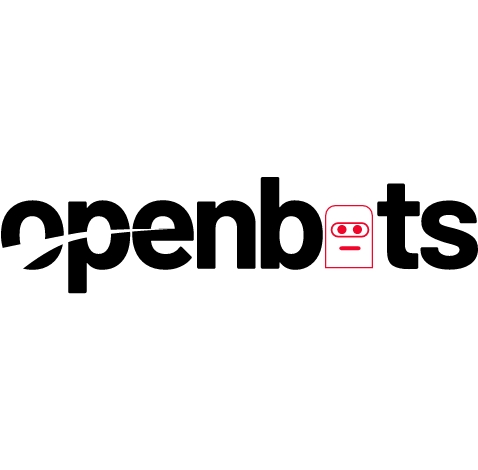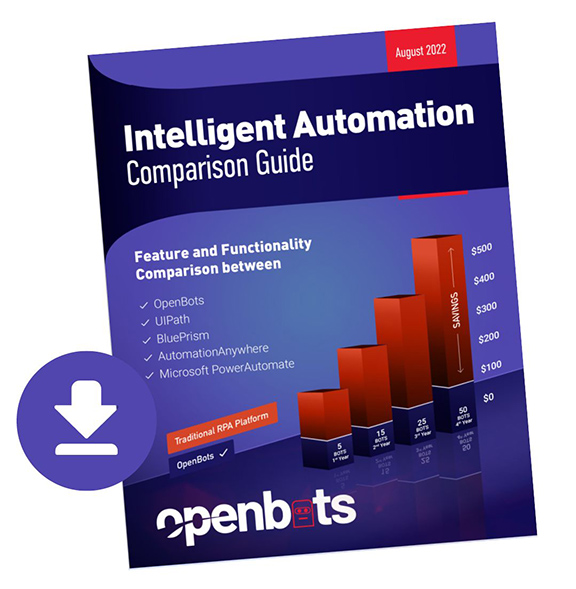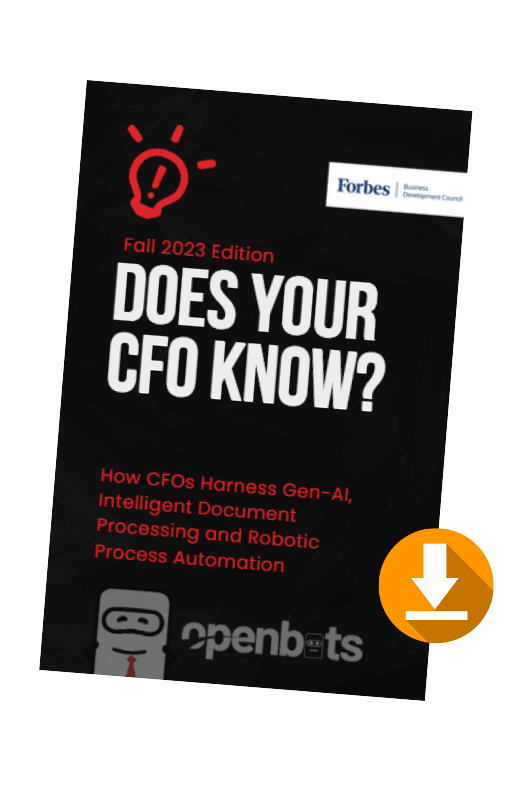Navigating Banking Compliance: Insights from Truist Bank
 by
OpenBots - June 20, 2023
by
OpenBots - June 20, 2023

About OpenBots
OpenBots is a business process automation platform that processes documents, automates tasks, creates forms, and builds end-to-end workflows. It maximizes the full potential of AI and GPT technology, and its zero-bot licensing makes it the most affordable option on the market.
Recent Posts
Related Blog Posts

Innovation in Insurance: The Strategic Power of Data
The Deloitte AI Institute revealed a pivotal shift in the mindset of innovative insurance firms. Unlike their counterparts, these firms don’t treat data as a costly necessity or a byproduct of operations…

Automating Asset and Wealth Management Term Sheets with Enterprise AI
In this article, we’ll cover the practical outcomes of embracing AI, particularly in automating term sheets within platforms such as Salesforce…

Fax Data Efficiency: Practical Healthcare Transformation
To give you practical aspects of healthcare transformation, we brought in Reno, a healthcare transformation data expert. His focus? The intake side and referral processes…





